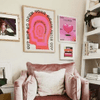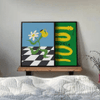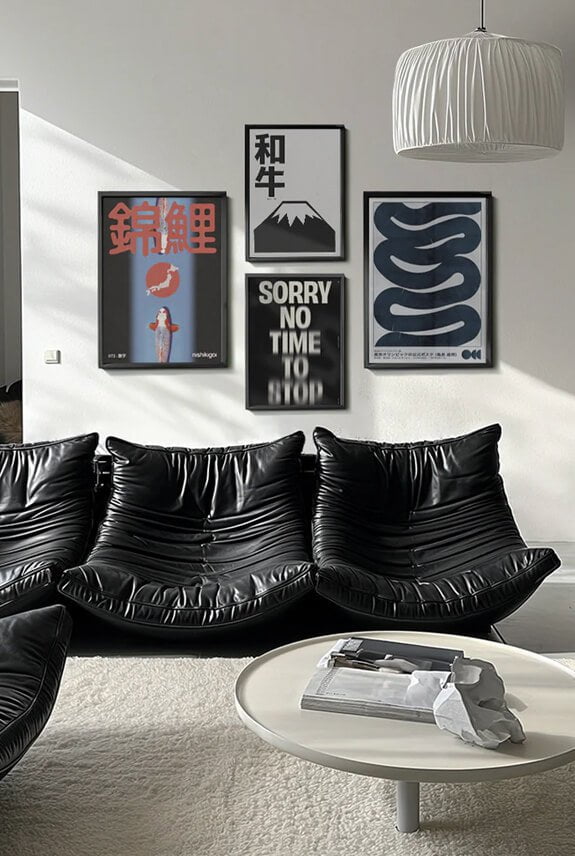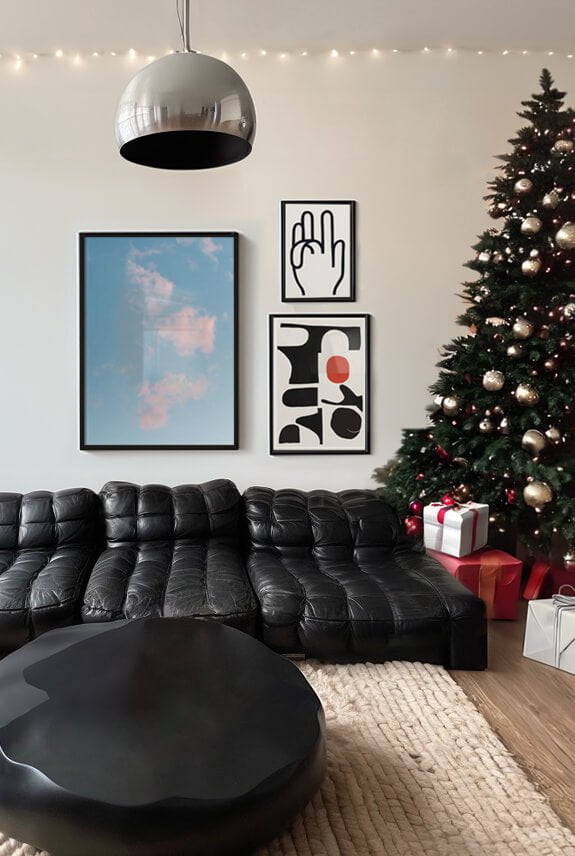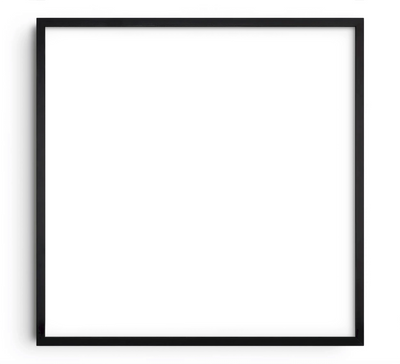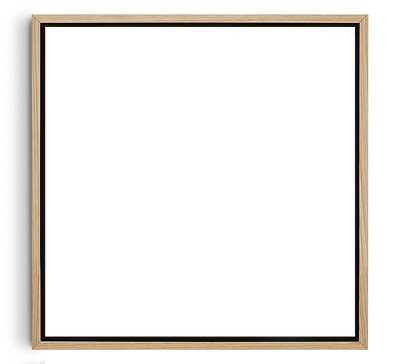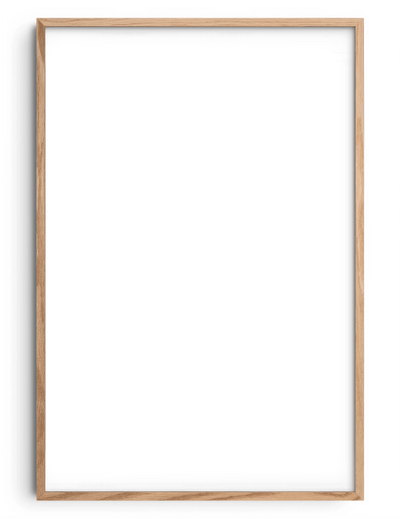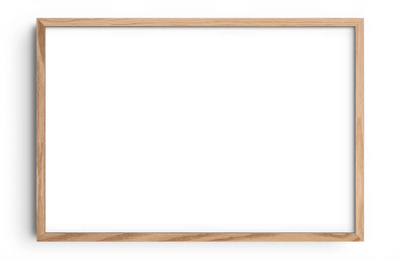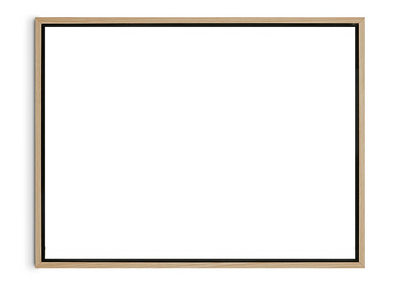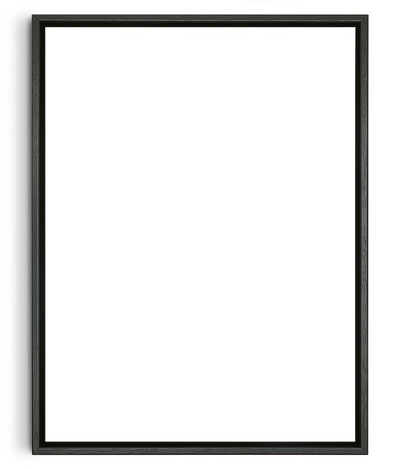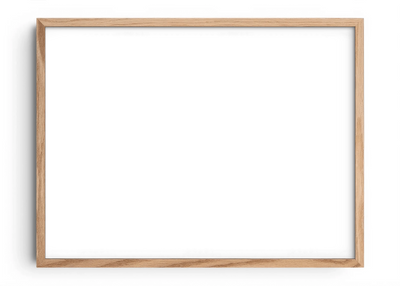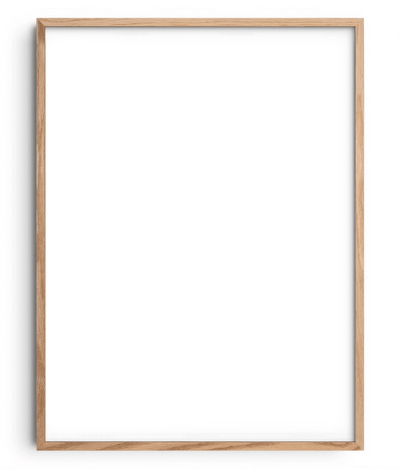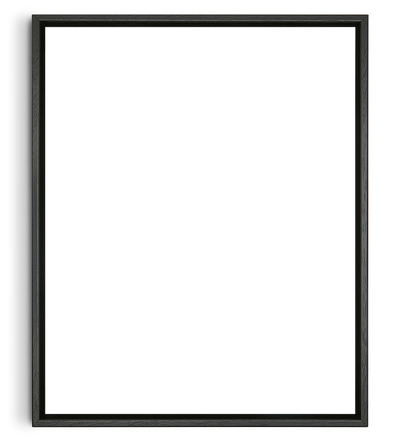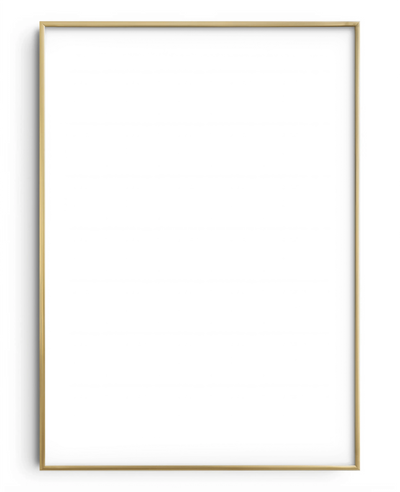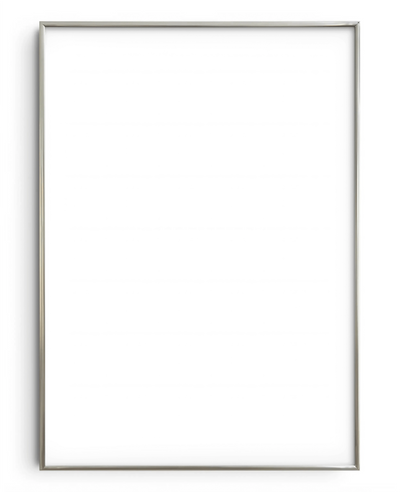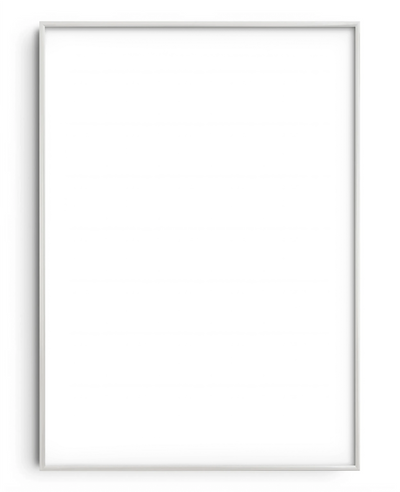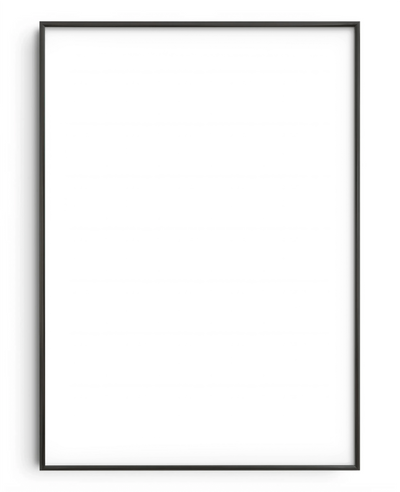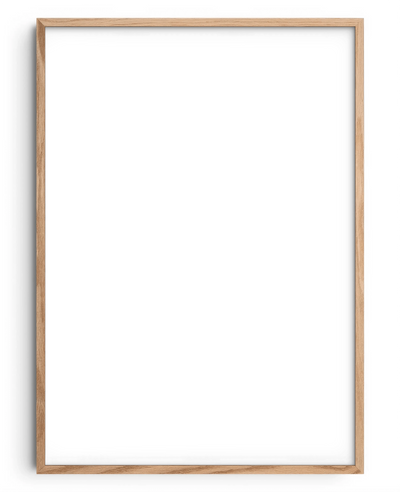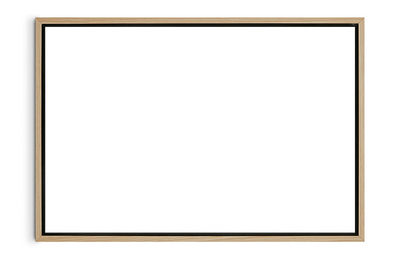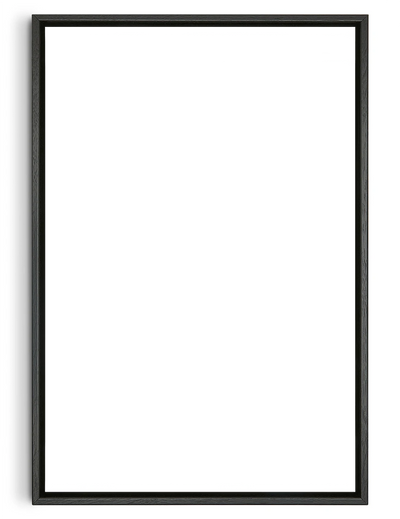Wenn es um die Gestaltung eines Hauses geht, wird es selbst für Anfänger nicht schwer sein, mit bewährten Maßstäben und Proportionen zu beginnen. Der Maßstab bezieht sich auf die Größe von Objekten in einem Raum, während sich die Proportionen auf das Verhältnis dieser Größen zueinander beziehen. Zusammen können diese Konzepte bestimmen, wie gut Ihre Möbel, Ihr Dekor und Ihre architektonischen Elemente zusammenpassen, und Ihnen effektiv dabei helfen, einen ausgewogeneren und stimmigeren Raum für sich selbst zu schaffen.
Bei richtiger Umsetzung können Designprinzipien in Bezug auf Maßstab und Proportionen die Funktionalität und Ästhetik eines Raums erheblich verbessern. So wirkt ein kleiner Raum geräumiger, ein großer Raum einladender und die Elemente in beiden Raumarten wirken harmonischer und ergänzen sich gegenseitig.
Möchten Sie genau wissen, wie Ihr Wissen über Maßstab und Proportionen das allgemeine Erscheinungsbild Ihres Zuhauses verbessern kann? Hier sind einige Tipps von DROOL Art, die Sie leicht anwenden können, insbesondere bei interessanten und auffälligen Dekorationen wie zeitgenössischen Kunstdrucke Und Skateboard-Wandkunst :
1) Vereinheitlichen Sie einen Raum durch sich wiederholende Muster und Formen

Eine effektive Möglichkeit, Harmonie in einem Raum zu schaffen, ist die Wiederholung von Mustern und Formen, beispielsweise durch Stoffe, Tapeten und Dekorationsgegenstände. Wenn diese Muster und Formen in unterschiedlichen Maßstäben wiederholt werden, kann dies dazu führen, dass der Raum geordneter und ästhetisch ansprechender wirkt, ohne ihn unbedingt zu überladen oder überladen und eintönig erscheinen zu lassen.
Denken Sie daran, dass Sie bei der Musterwiederholung nicht alles genau aufeinander abstimmen müssen. Sorgen Sie vielmehr dafür, dass es eine Art visuelle Verbindung zwischen verschiedenen Elementen gibt. Sie können beispielsweise ein Gefühl von Rhythmus und Zusammenhalt erzeugen, indem Sie geometrische Muster auf Kissen und Läufern wiederholen. Sie können ähnliche Muster in Ihrer Wahl von Teppichen, Vorhängen oder Kunstwerken aufgreifen. galerie wand um den ganzen Raum zusammenzuhalten. Ebenso können Sie durch die Verwendung quadratischer oder rechteckiger Formen bei Möbeln und Kunstwerken einen strukturierten und einheitlichen Look erzielen, der mühelos raffiniert wirkt – mit minimalem Dekorationsaufwand Ihrerseits.
2) Skalieren Sie Designelemente entsprechend der Raumgröße

Um die Balance in Ihrem Wohndesign noch besser zu wahren, wählen Sie Möbel und Dekoration in der richtigen Größe. Wählen Sie in kleinen Räumen beispielsweise Möbel mit der richtigen Größe, um eine Überfüllung des Raums zu vermeiden. Wählen Sie ein kompaktes Sofa mit stromlinienförmigem Design, das ausreichend Sitzgelegenheiten bietet, ohne die Hälfte des Raums einzunehmen. Vermeiden Sie auch sperrige Möbel und entscheiden Sie sich stattdessen für Stücke mit Beinen, die einen Raum viel offener erscheinen lassen können.
In größeren Räumen hingegen sollten Sie keine Angst haben, übergroße Stücke zu verwenden, um ein Statement zu setzen. Ein übergroßes Sofa sorgt beispielsweise für eine bequeme und gemütlich wirkende Sitzecke, während ein großer Esstisch den Raum verankern kann. Erwägen Sie auch, große Stücke mit kleineren Akzenten zu kombinieren, da diese Designentscheidung verhindern kann, dass ein Raum zu karg wirkt.
3) Einen Brennpunkt identifizieren und nutzen

Eine weitere Möglichkeit, die Regeln von Maßstab und Proportion zu nutzen, besteht darin, einen Mittelpunkt in einem Raum zu identifizieren und zu nutzen. Dieser kann als Mittelpunkt des Raums dienen und die Aufmerksamkeit der Besucher auf die besten Merkmale Ihres Raums lenken. Der Mittelpunkt Ihres Raums könnte der Kamin, ein Kunstwerk oder ein auffälliges Möbelstück sein.
Wenn Sie wissen, wo Sie die Blicke der Leute hinlenken möchten, richten Sie den Raum so ein, dass dieser Punkt hervorgehoben wird, und planen Sie die Größe und Platzierung anderer Objekte entsprechend. Wenn der Mittelpunkt des Raums beispielsweise der Kamin ist, ordnen Sie entsprechend große Sitzgelegenheiten um den Bereich herum an, um die perfekte Ecke für Kaffee und gemütliche Gespräche zu schaffen.
Sie können die Beleuchtung auch nutzen, um die Großzügigkeit, Offenheit oder Intimität des Bereichs hervorzuheben. Strahler oder Schienenbeleuchtung können Ihre Lieblingskunstwerke hervorheben, während ein Kronleuchter den Fokus auf einen geräumigen Esstisch lenken kann.
4) Wenden Sie die Drittelregel an

Die Drittelregel, die aus der Fotografie und Kunst stammt, kann auch als Richtlinie verwendet werden, um Maßstab und Proportionen an Ihr Wohndesign anzupassen. Stellen Sie sich vor, Sie teilen Ihren Raum mit zwei horizontalen und zwei vertikalen Linien in ein Raster aus neun gleichen Teilen auf. Die Schlüsselelemente sollten entlang dieser Linien oder an ihren Schnittpunkten platziert werden.
Dies kann bedeuten, dass Möbel, Kunstwerke und andere wichtige Stücke außermittig angeordnet werden. Stellen Sie beispielsweise ein Sofa nicht direkt vor einer Wand auf, sondern platzieren Sie es so im Raum, dass es entlang einer der vertikalen Linien des Rasters erscheint. Das Sofa kann an der Seite stehen, um eine dynamischere und interessantere Komposition zu schaffen, als wenn es einfach in der Mitte stünde, was oft eine vorhersehbare Wahl ist.
5) Nutzen Sie negative Räume

Negativer Raum oder die leeren Bereiche um und zwischen Objekten können ebenfalls zu Ihrem Vorteil sein. Bei richtiger Nutzung ermöglicht negativer Raum anderen Elementen in einem Raum, zu atmen und für sich allein geschätzt zu werden. Diese Technik kann auch dazu führen, dass sich ein kleiner Raum größer und offener anfühlt und sich daher angenehmer zum Verweilen eignet.
Sie können diese Strategie anwenden, indem Sie einige Bereiche frei von Möbeln lassen. Stellen Sie beispielsweise in einem Wohnzimmer keine Möbel an jede Wand. Bilden Sie stattdessen Möbelgruppen mit freiem Raum um sie herum.
Versuchen Sie eine weitere Anwendung dieser Strategie beim Einrichten Ihrer Galeriewand. Achten Sie darauf, zwischen den einzelnen Kunstwerken genügend Platz zu lassen, damit der Betrachter sie leichter einzeln würdigen kann.
6) Integrieren Sie Proportionen in Farbe und Textur

Proportionen sind nicht nur auf physische Objekte beschränkt. Sie können auch auf Farbschemata und Texturen angewendet werden. Eine effektive Möglichkeit, dies zu erreichen, besteht darin, kräftige Farben mit neutralen Tönen auszugleichen. Als Richtlinie dient die 60-30-10-Regel. Dies bedeutet, dass 60 Prozent des Raums eine dominante Farbe, 30 Prozent eine Sekundärfarbe und die restlichen 10 Prozent eine Akzentfarbe verwenden sollten.
Neben der Verwendung von Farbe können Sie auch verschiedene Texturen mischen, um die Tiefe und das Interesse an der Inneneinrichtung Ihres Zuhauses zu steigern. Erwägen Sie die Kombination glatter, glänzender Oberflächen mit rauen, matten. So kann beispielsweise ein Samtsofa mit einem Wollteppich und Seidenkissen kombiniert werden, wodurch für die Bewohner des Raums ein reichhaltiges und abwechslungsreiches taktiles Erlebnis entsteht.
Beachten Sie diese Empfehlungen von DROOL, um Ihr Zuhause in einen Raum zu verwandeln, in dem Sie sich wohl und bewohnbar fühlen. Lassen Sie es dabei nicht bewenden – Sie können die Regeln von Maßstab und Proportion zwar verwenden, um eine Art Komfortzone für Ihren Designansatz zu finden, aber scheuen Sie sich auch nicht, zu experimentieren, um herauszufinden, was am besten zu der Größe, dem Grundriss und der Gesamtatmosphäre Ihres Zuhauses passt, die Sie dort schaffen möchten. Und für wunderschöne Kunstdrucke in verschiedenen Größen, die von einigen der aufregendsten aufstrebenden Grassroots-Künstler erstellt wurden, kaufen Sie jetzt bei DROOL ein!























